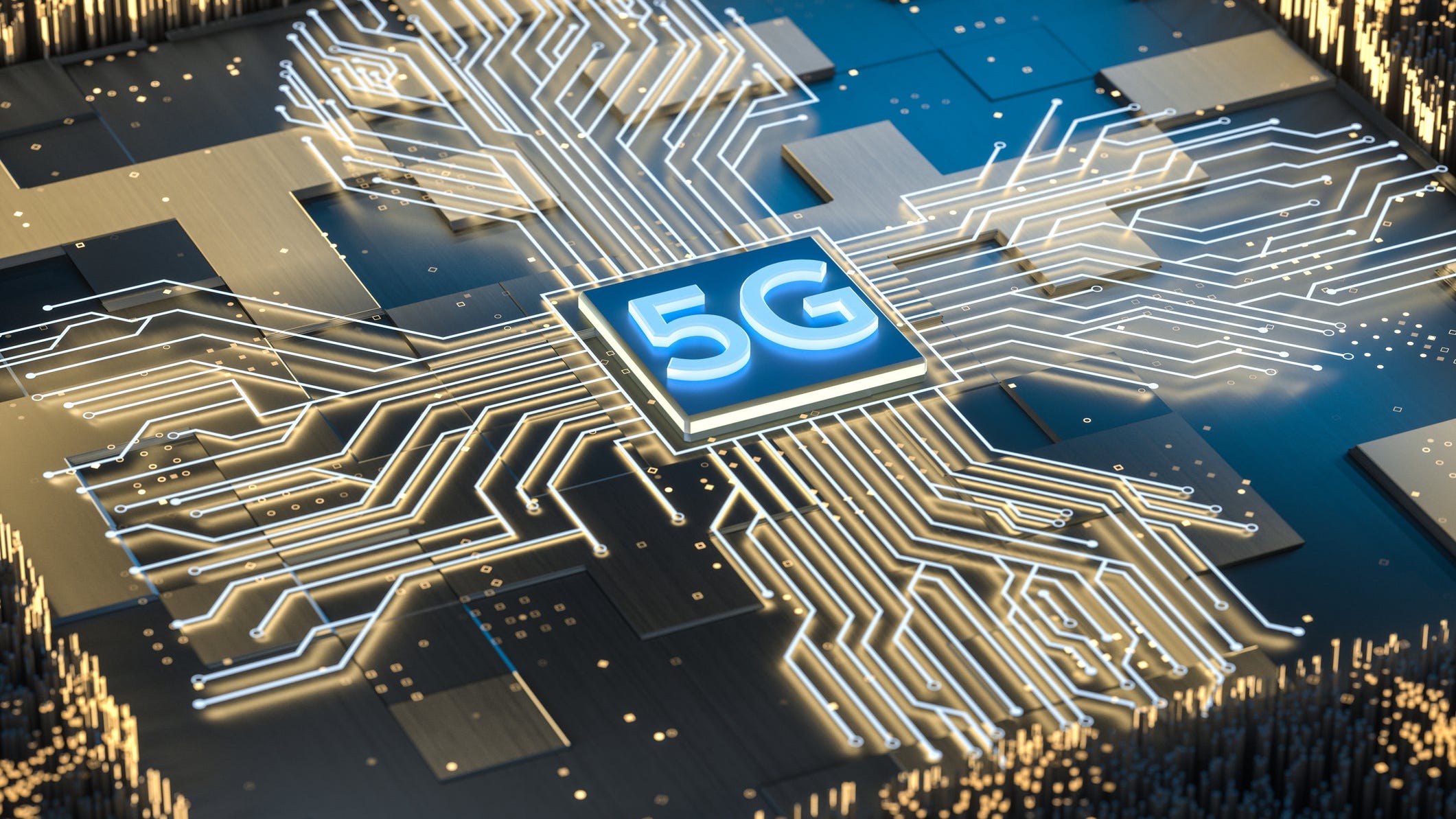Inforrmation on 5G Well being Concerns

There are a variety of health risks related to five-G's wireless technologies. While some of these are urgent, such as hypersensitivity and electronic sensitivity, other issues are more long-term, such as cancer and skin damage. Below is a list of some of the health problems that are linked to 5G. Keep in mind that you health should be the main issue.

Exposure to radiofrequency radiation
Exposure to radiofrequency radiation (RF) is a significant issue because of its potential to affect the health of human beings. There are however important limitations to studies of epidemiology. One of the biggest problems is that exposures to RF can be difficult to determine. Therefore, the majority of studies employ job-exposure matrices and self-reporting methods, which can be inaccurate and result in inaccurate classification. Another issue is the lack of standardized exposure assessment and the inability to account for potential confusion-causing factors.
One method to reduce these risks is to restrict the amount of radiation exposure. The International Commission on Non-Ionizing Radiation Protection (ICNIRP) has published guidelines for limit on exposure to RF fields over six gigahertz. These guidelines aim to ensure that exposure to RF doesn't harm the health of humans.
Eyes irradiated
The rapid growth of 5G networks is likely to create a variety of health issues. These networks will come with fast internet speeds and be used in mobile devices, network operators, and service providers. Scientists from Swinburne University in Australia have been studying the effects of 5G electromagnetic waves on the human tissues, and their findings have formed the basis for discussions about the potential hazards. The team, which is led by Professor Andrew Wood, is part of the multi-institutional Australian Centre for Electromagnetic Bioeffects Research. electromagnetic field sensitivity is also contributing to the work that is being conducted by the International Commission on Non-Ionizing Radiation Protection (ICNIRP).
However, the implications of 5G on human health remain a mystery. More research is needed to determine the exact health risks associated with this new technology. There aren't any conclusive studies that link 5G with COVID-19 which is the virus responsible for SARS. The virus does not appear to trigger an outbreak of coronavirus, or increase the risk of virus-related infections.
Irradiation of sweat ducts
The radiation of sweat ducts is due to the radiofrequency wave transmission and has been linked with health risks. 5G is based on the sub-THz frequency range that is smaller than the wavelengths of 2G, 3G, as well as the 4G and 2G wireless network. The frequency band is believed to have certain absorption rates. The high-frequency waves are concentrated in the sweat duct, causing higher SAR values than is expected. The effect on human health is not easy to determine since the test methods used in industry standard instruments aren't advanced enough to measure the effects on sweat glands. Therefore, the biological effects of this frequency band have to be considered during 5G development.
While 5G wireless communications systems are still under vigorous controversy Recent research has found that exposure to RF-EMF can cause harm. This kind of exposure has been linked with the development of cancer as well as infertility. Studies have also suggested that 5G exposures may be associated with health hazards.
Cancer in animals
As we begin to implement high-speed 5G networks, it's crucial to understand the potential dangers to health that it could pose. Currently, there are several health concerns surrounding the deployment of this technology, and it is causing a lot of concerns in several nations. symptoms of electromagnetic sensitivity at Swinburne University has been studying the impact of electromagnetic energy from 5G on human tissue, and the results have helped form the basis for discussions on safety regulations. The team is also a member of the multi-institutional Australian Centre for Electromagnetic Bioeffects Research, which is actively contributing to The International Commission on Non-Ionizing Radio Protection's (ICNIRP) efforts.
electromagnetic field sensitivity has come to mixed conclusions. Although some researchers have cited studies that show radiofrequency radiation from mobile phones causes human cancer, others have pointed to a connection between these devices and hearing problems in humans. Researchers have also found a possible connection between 5G and gliomas in animals. These tumors can be located in the heart, brain or ear. They interfere with the functions of the heart and nervous system. They may also impact your balance as well as hearing. They are also a risk, and removing them can be risky.
Pandemic conspiracy
The Belgian doctor has identified the spread of coronavirus to 5G cell towers. The conspiracy-minded took advantage doctor's words to promote an anti-5G campaign. While the Belgian newspaper removed the article on its site, the article was posted on social media sites which included YouTube and Facebook, by celebrities who have a huge following.
However, there is no evidence to support this idea. There are other concerns, though. Some people have been calling for the destruction of mobile phone towers and threatening their lives. In the UK threats to telecom engineers have escalated. Certain of these threats have led to vandalism of mobile towers and other infrastructure. Since the beginning of April, the UK was hit by thirty instances of vandalism targeted at wireless equipment. A fire attack in the Netherlands was also reported to have been connected to the words "Fuck 5G."
While many experts in public health have disproved the 5G pandemic theory, it has become an accepted belief. It has even been observed in real-life situations, as incidents involving 5G towers were reported across Europe in both Europe and Latin America. Although the CDC have declared that the technology safe to use, concerns remain about the health implications of the technology.
